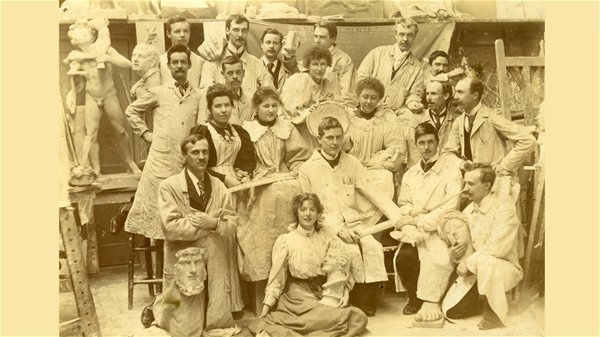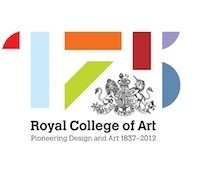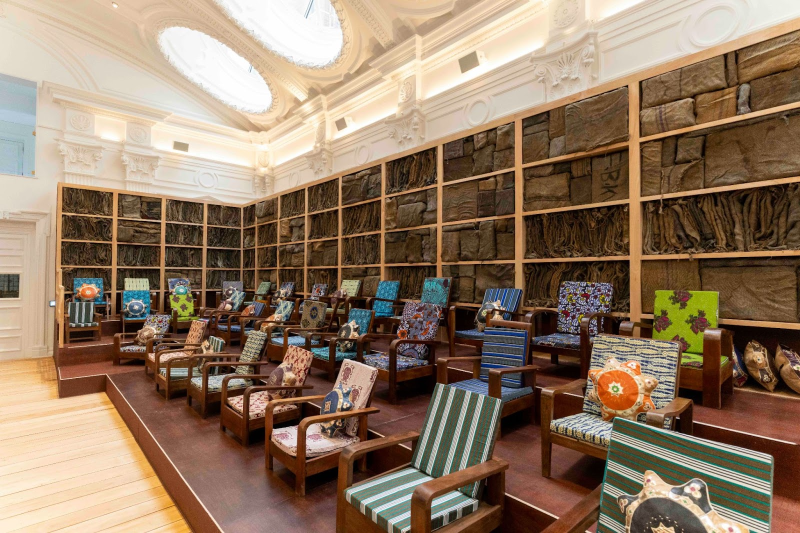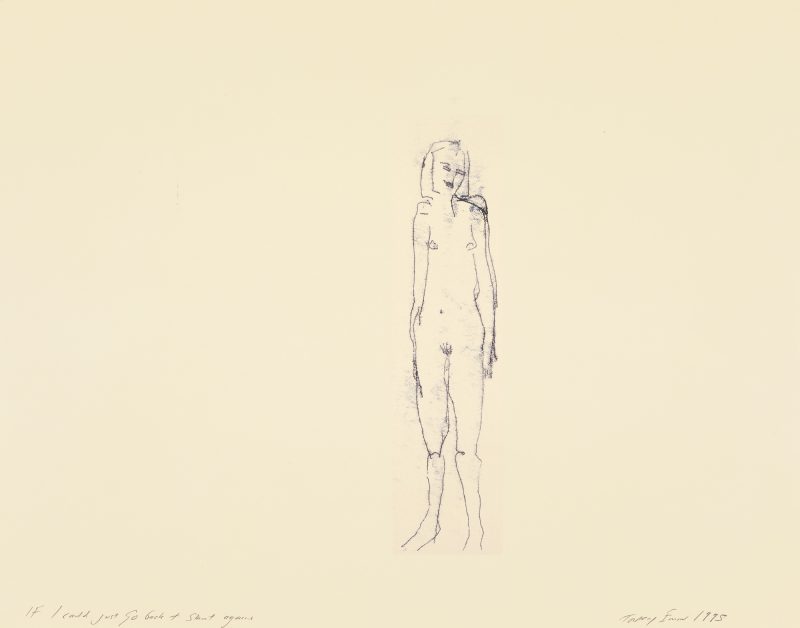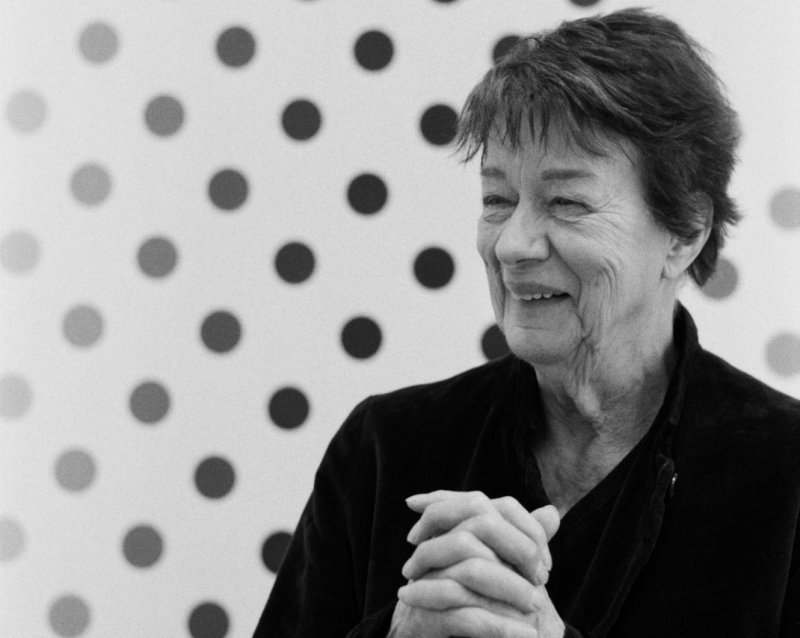The Perfect Place to Grow: 175 Years of the Royal College of Art
16th November 2012 – 3rd January 2013 (closed 24 & 25 December)
Royal College of Art, Kensington Gore, London SW7 2EU
www.rca.ac.uk
In 1837, the Government School of Design opened in Somerset House on the Strand in London: the world’s first, publicly funded design school. 175 years later and now known as the Royal College of Art, it is the world’s oldest art and design university in continuous operation. Its first students comprised a small band of teenage boys; today it educates some 1,200 postgraduate students from 55 different countries.
To commemorate its 175th anniversary, the Royal College of Art will present a major exhibition exploring key facets of the RCA over three centuries. Open to the public from 16 November 2012 – 3 January 2013, The Perfect Place to Grow: 175 Years of the Royal College of Art will provide a fascinating insight into the world’s oldest art and design school in continuous operation, revealing the politics and polemics behind the perennial question of how Britain should train artists and designers, and interrogating the purpose of publicly funded art schools.
The exhibition will feature work by RCA faculty and alumni according to four principal themes: ‘Art and Industry’; ‘Public Purpose’; ‘Personal Expression’; and ‘Political Expression’. The exhibition will include both student work and later professional achievements of such alumni and faculty as: Gertrude Jekyll, Sir Edwin Lutyens, Eric Ravilious, Edward Bawden, Hans Coper, Ossie Clark, Bill Gibb, Zandra Rhodes, Sir James Dyson, Eric Parry, David Adjaye, Tord Boontje, Ron Arad, Graphic Thought Facility and Neville Brody from the broad disciplines of Design, Architecture and Applied Art; Lady Elizabeth Butler, Dame Barbara Hepworth, Henry Moore OM, David Hockney OM, Bridget Riley, Eduardo Paolozzi, Tracey Emin (whose 2001 work The Perfect Place to Grow, is both exhibited and referenced in the exhibition title), Chris Ofili, George Shaw and Spartacus Chetywnd will be represented from the field of Fine Art in the sections on Personal and Political Expression.
Exploring the evolution of the renowned institution, since its founding to the present day, the exhibition will offer a contemporary assessment of the impact of new thinking on art education, the relationship of art to industry and the reforms and debates affecting British art education across three centuries.
Established in 1837 under Prime Minister Lord Melbourne as the Government School of Design, the School was created in order to train young craftsmen and artisans for work in the ceramics, textiles, and ornamental crafts of Britain’s manufacturing industries. For over a century, both the government departments overseeing the RCA and the RCA itself wrestled with whether or not the institution should include fine art in its curriculum. Art – more particularly applied art – was seen largely in terms of its usefulness to industry and its ability to raise the standards of British manufactured goods and in turn, balance of trade.
The ‘Art and Industry’ section of the exhibition will present the enrolment of painters such as Richard Redgrave into the service of industry and how a preoccupation with the need for design to contribute to British industry has been debated across three centuries, by Henry Cole in the nineteenth century to James Dyson in the twenty-first.
‘Public Purpose’ focuses on the RCA’s enduring role in transforming Britain’s health, transport, and built environment, from the hospital beds and ward equipment of the NHS to the post-war new towns, and the designs of parliament buildings and museums in Berlin and New Delhi. Moments of major national celebration have invariably involved RCA students or alumni, from the iconic Albert Hall frieze (1871), to Coventry Cathedral (1947), the Festival of Britain (1951), and of course, the London 2012 Olympics. Work will be exhibited by Sir Hugh Casson, the creative mastermind of the Festival of Britain and Professor of Interior Design from 1951 to 1975; by David Mellor, whose Embassy silver cutlery was used in British embassies to present a new image of Britain abroad; and Thomas Heatherwick, who designed the acclaimed British pavilion at Shanghai Expo 2010 and the London 2012 Olympic cauldron.
‘Political Expression’ presents artists and designers whose work is overtly aligned to a political cause – race, sexual identity, peace, labour and women’s movements. The section includes work by the female suffragist, Sylvia Pankhurst (gaoled in Holloway Prison whilst a student at the RCA); David Gentleman; David Hockney; John Smith; Why Not? Associates; Jonathan Barnbrook; Peter Kennard; Simone Brewster; and former President of the Student Union 2010, Ekua McMorris.
‘Personal Expression’ contrasts the Victorian notion of art in service to industry, morality or religion with a twentieth-century concept of fine art as an act of personal creative expression. In this section, major artists from Frank Auerbach, Henry Moore, Barbara Hepworth, Tony Cragg, Alison Wilding, Chris Ofili and Tracey Emin are presented. As notions of what constitutes ‘Art’ have changed over the centuries, so too, has the late twentieth-century view of ‘Design’, with the advent of critical design; celebrated designers from Ron Arad and Daniel Weil to partnership Dunne & Raby, and Konstantin Grcic challenge the concept of function, use, form, and value. Many of the design works in this section question the rationalist notions of utility, the arts and crafts desire for ‘fitness of purpose’, or the International Style’s rejection of ornament.
The Perfect Place to Grow: 175 Years of the Royal College of Art has been co-curated by Dr Paul Thompson, Rector of the RCA and Robert Upstone of the Fine Art Society, formerly Head of British Modern and Contemporary Art at the Tate.
Categories
Tags
- Alison Wilding
- Architecture and Applied Art; Lady Elizabeth Butler
- Barbara Hepworth
- Bill Gibb
- Bridget Riley
- Chris Ofili
- Dame Barbara Hepworth
- David Adjaye
- David Hockney OM
- Eduardo Paolozzi
- Edward Bawden
- Eric Parry
- Eric Ravilious
- Frank Auerbach
- George Shaw and Spartacus Chetywnd
- Gertrude Jekyll
- Graphic Thought Facility and Neville Brody from the broad disciplines of Design
- Hans Coper
- Henry Moore
- Henry Moore OM
- Ossie Clark
- Ron Arad
- Sir Edwin Lutyens
- Sir James Dyson
- Tony Cragg
- Tord Boontje
- Tracey Emin
- Zandra Rhodes
